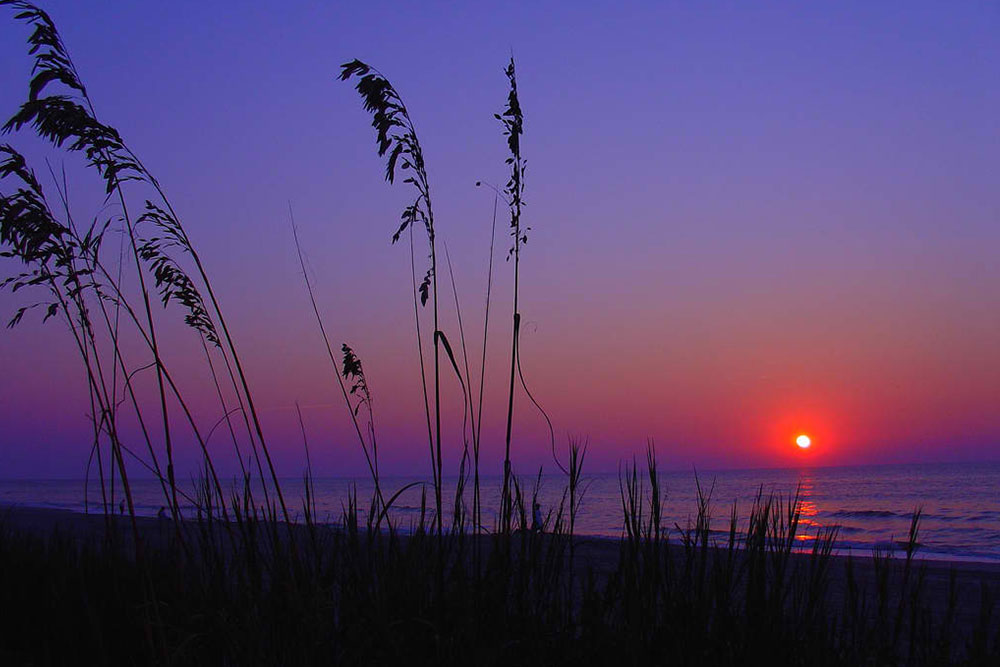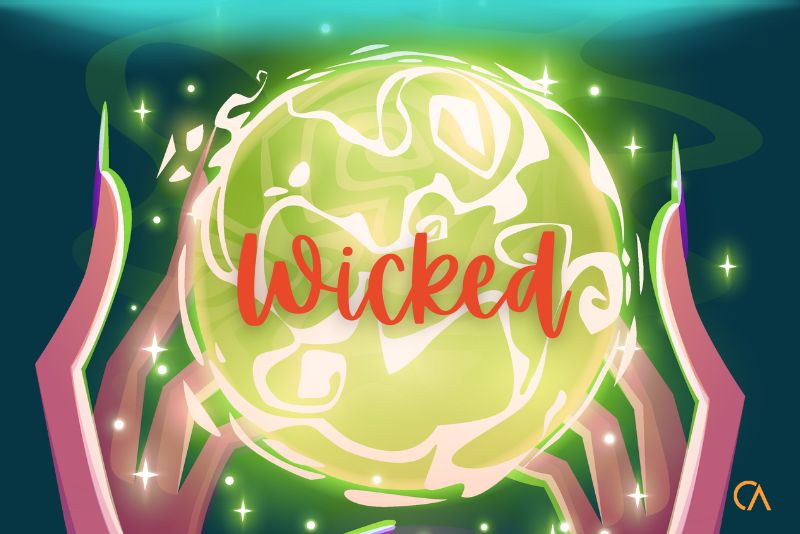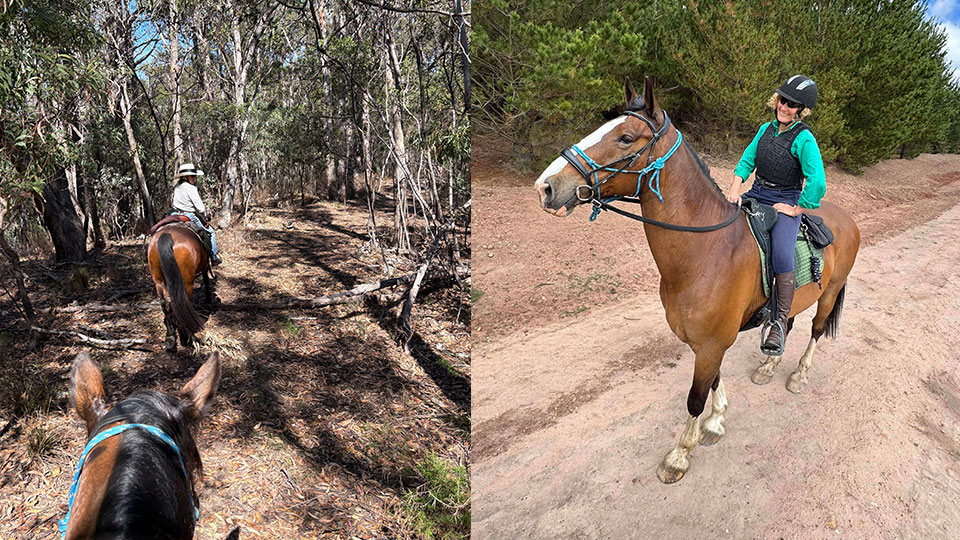
Geoffrey Blainey is a prominent Australian historian, listed by the Australian National Trust as a ‘National Living Treasure’, and yet it hasn’t always been that way. His views have in the past, created national debate and caused him to be ostracised by sections of the community.
Speaking at the opening retreat of the 2001 Williamson Community Leadership program, Professor Blainey described his career as having had ‘periods of time in the wilderness.’ Since then, many of the 36 of us who heard him speak have experienced our own periods of time in the wilderness.
Every career has setbacks. It’s what you learn and how you respond that signifies leadership.
I remember my own period of time in the wilderness. It wasn’t until I stopped looking for justifications, and smarting from the slap to my ego, that I was ready to explore and learn from the lessons presented. Some of those lessons were technical. Other lessons were more basic – insights into my own character and an enhanced ability to feel empathy for others in similar situations (very useful now as a leadership coach).
Carol Dweck, in ‘Mindset: The new psychology of success’explores ‘growth mindset’ and ‘fixed mindset’. With a growth mindset, challenges are exciting rather than threatening. Instead of worrying about exposing weaknesses, you see opportunities to grow. In a growth mindset you focus on the process, and what you can learn from the process to do better next time.
By contrast, the fixed mindset means you will react defensively to a setback, making excuses or withdrawing. In the fixed mindset, you focus on the outcome, and things like needing to look good or maintaining your reputation.
I recognise now that I began to find my way out of my own wilderness when I stopped thinking about my past success and my reputation, and instead focused on the process, documenting the lessons I had learned.
What are you doing with your ‘failures’? What can you learn from your time in the wilderness?
Have an Extraordinary day
Corrinne
STAY IN THE LOOP





